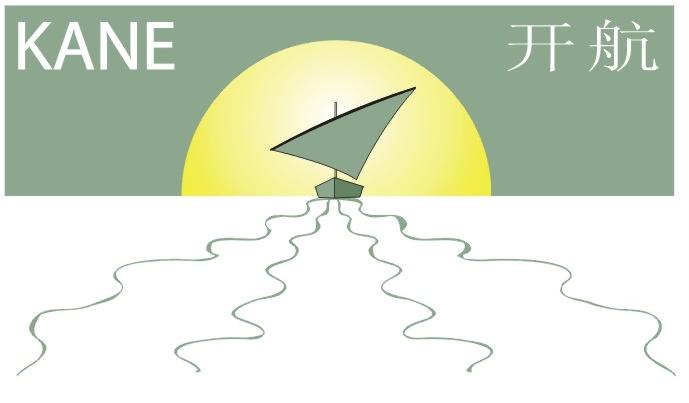On Tuesday, Xinhua gave a pretty nice summary of the recent iron ore price hikes, their inevitability, and their effects on steel prices in the coming year. Let's break this article down into those three sectoins:
1) Price hikes...
"After Brazilian mining conglomerate Vale hammered out 2008 benchmark prices for iron ore fines with Japanese and Republic of Korea (ROK) steel makers last week, Baosteel Group, China's largest steel maker, agreed on the price for fiscal 2008, accepting the Brazilian miner's price hikes that ranged from 65 percent to 71 percent compared with 2007."
71%!! I'm confused now because the rule of 72 is only supposed to be for compounded returns - so what happens if you get there in one year? Does 72% = 100% if it's one year? No, of course not, but if it did that probably would require me to immediately find a finance professor.
What's more, the article says that an almost identical hike occurred two years ago...
"Since China joined the international pricing negotiations in 2004, the price has risen every year. Price negotiations for 2004 ended with an 18.62 percent increase, followed by a 71.5 percent rise in 2005 and a 19 percent increase in 2006."
Now we can use compounding equations, and by such numbers, it would appear that steel prices have risen 2.5x over the last four years. What is this doing on a practical level? Let me give you a quick insight into our world. Two of my clients in the last week have said that their products are now more competitive if made in the North America - one in the US and one in Mexico. I am certainly not suggesting that this will be the case for years to come, and perhaps this is because their current China suppliers are in East China (as opposed to the cheaper western and central regions), but nevertheless, I do think this is a sign that things are moderately changing across various industries.
2) Inevitably. Basically, according to the article, this hike was going to hit China whether they liked it or not, whether they negotiated hard or not, and whether they neotiated early or not - it was all numbers...
"Baosteel, the partly state-owned representative of China's steel makers in the pricing negotiations, faced a challenge. The miners were holding out for higher prices, while other major Chinese steel producers wanted a favorable pact. Given the huge share of the market that China represents, Baosteel may have believed it had more bargaining power than it did. CISA estimated the 2008 price rise at only 20 percent.
So Baosteel waited -- but others negotiated.
'Even if Baosteel had concluded negotiations first, the price hike would not be lower,' said Hu (Kai, a senior analyst with the Chinese Umetal.com website.)"
There was no way around this. Especially given the fact that Chinese steel makers have enjoyed fat profits over the last two years as China's stock market has boomed.
3) Pricing effects
Well, we alluded to it above, but they make it quite clear in the article what the price increases are likely to be on steel tonnage...
"
The China Securities Journal reported on Monday that 57 domestic steel mills had raised their prices after the benchmark price was settled. And on Tuesday, the newspaper reported that Baosteel had raised steel prices for the second quarter of 2008. Its prices for major cold- and hot-rolled products will rise 800 yuan (111 U.S. dollars) per ton in the second quarter, compared with the first quarter, Tuesday's China Securities Journal quoted an announcement by Baosteel as saying.
Considering that Baosteel has a heavier reliance on imported iron ore than other domestic competitors, a 65-percent iron ore price rise could translate into cost mark-up of 258 yuan for Baosteel, as against 116 yuan for other domestic steel makers, according to statistics from Chemease, a business information provider on Chinese chemical commodity markets.
But a price hike of up to 800 yuan would offset its cost mark-up and also provide ample profit margins, said Chemease analysts."
1) Logistics
2) Quality
Baosteel is one of the world's best steel plants and there are grades and qualities of steel that you need for certain applications that are available at perhaps two or three more factories in China. Secondly, the country is so large that regionalism plays a huge role in determining which steel ends up in which factory.
At the end of the day, the iron ore price hikes, in addition to oil, are the largest drivers of industrial price inflation. If we use this though as a basis for comparison, then what is the industrial subsidy equivalent for China's large subsidies on refined oil/gasoline? I would say that this question gets answered every day by those that find the real deals in China and those that just cannot seem to be profitable in China.


No comments:
Post a Comment